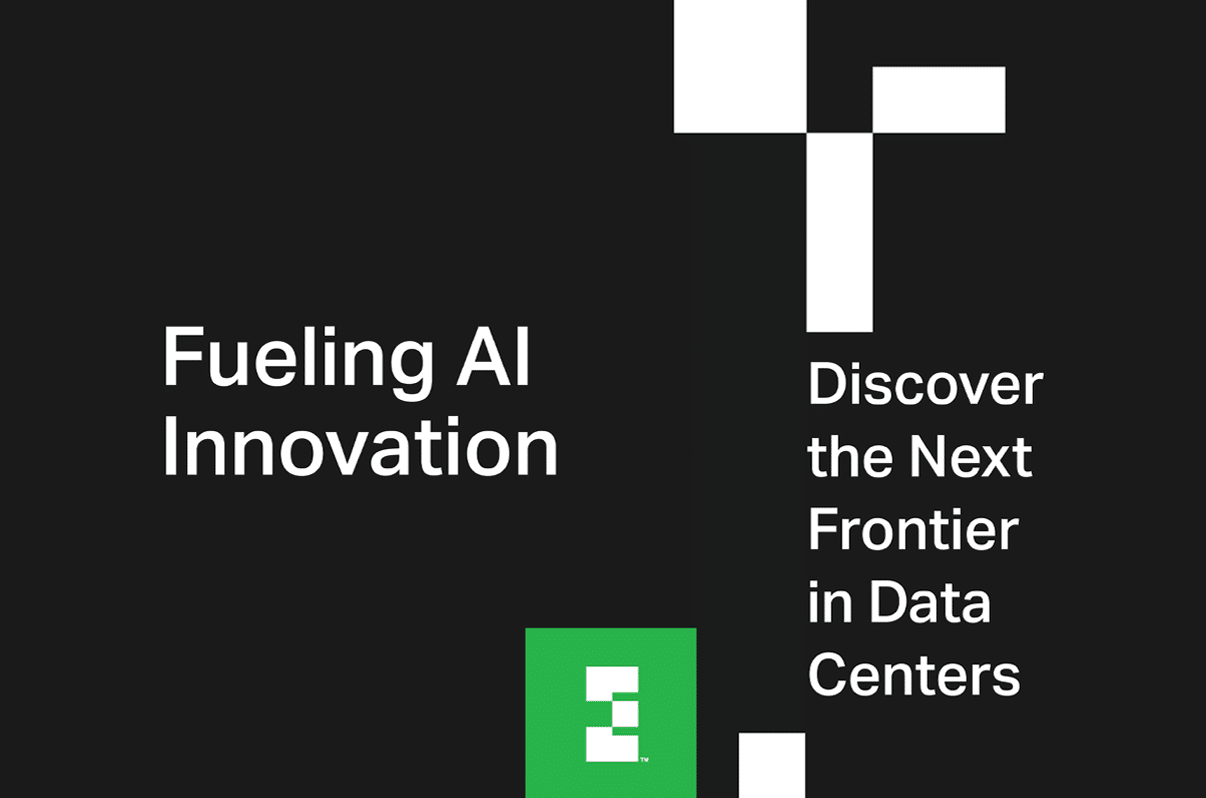Following the launch of ChatGPT in 2022, Artificial Intelligence quickly took center stage and became the globe’s digital darling, dominating investor conversations by day and catalyzing innovation by night. With the AI craze showing no sign of slowing down, data center availability and density are top of mind to enable continued innovation.
AI requires far more computational and data storage resources than ordinary workloads, which has placed significant pressure on data centers in many major markets. To propel continued innovation, forward-thinking businesses are now turning their attention to secondary markets: the next frontier for AI.
These emerging markets are positioning organizations for continued AI development and experimentation given these key offerings:
- Land and Power: Before ChatGPT, data centers typically supplied 10-12 kW of power per rack, and now, in the AI-driven world, data centers are supporting workloads and machines at five to ten times that density (about 40-110 kW per rack). Furthermore, density at the campus level is also required to support the largest GPU clusters training the latest AI models, which need to live at a single building or campus – a 100K GPU cluster will need 150 MW on its own to run. Secondary markets like Reno, NV and Culpeper, VA, are primed for housing AI workloads as they supply land with direct access to sufficient power resources – a key first step in modern data center development.
- Critical Relationships: Data center providers require a diverse ecosystem of trusted partners among construction, operations, utilities and local community organizations. Within secondary markets, investing in these strategic relationships better positions providers to access the depth of resources, offer local education, and build awareness– ensuring they are true partners to these communities before, during, and after data center development. EdgeCore is committed to continue building on its long-standing connections in markets such as Mesa, AZ, ensuring our data center markets remain strong and vibrant.
- Tax Incentives: Data centers encourage business development and job creation, playing a critical role in today’s digital economy. Recognizing the importance of data center infrastructure and these associated benefits, select governments within secondary markets offer tax incentives to companies that want to build or operate data centers in the region, such as Culpeper, VA, simultaneously empowering the age of AI.
- Interconnectivity: Secondary markets can provide low-latency access to booming innovation hubs.For example, Reno, NV, is positioned just 250 miles and three milliseconds from Silicon Valley and has new fiber routes to the Pacific Northwest. While infrastructure and persistent power constraints challenge key markets, secondary markets offer a cost-efficient, reliable connectivity alternative.
Conclusion: AI’s impact is just scratching the surface. On a macro scale, data center demand in the U.S. is expected to reach 35 GW by 2030, up from 17 GW in 2022. As demand is outpacing supply, secondary markets will be a lifeline for businesses looking to advance their AI and innovation pursuits.
EdgeCore Digital Infrastructure is well-established in key secondary markets and positioned for continued growth by designing our data centers for maximum density. We understand AI demand and emerging markets—talk to us today; we’re ready to partner with you.


